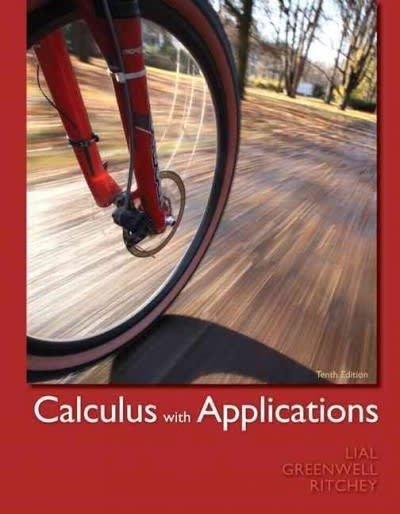Question
Suppose we're conducting a randomized trial with a survival outcome, and we want 90% power to detect a hazard ratio of e = 0.82 for
Suppose we're conducting a randomized trial with a survival outcome, and we want 90% power to detect a hazard ratio of e = 0.82 for the experimental group versus control at one-sided = 0.025 using the unweighted log-rank test. We expect that the control group follows an exponential distribution with rate = 0.12/person-years and anticipate uniform enrollment over the first two years and total study length of four years.
We also want to impose an interim monitoring procedure using a one-sided -spending function, f(t) = 0.004t, t < 1 and f(1) = 0.025.
Find the total number of events required to achieve the desired power, and the total expected sample size for a fixed size trial (no interim monitoring).
Plot the expected number of events as a function of time from the enrollment of the first subject to the expected end of the trial (4 years). (Hints: Use the formula for the probability that a subject experiences an event during the study. If t [0, 4] is the time from study start, for t < 2, a fraction t/2 of subjects will have been enrolled, and R = t. For t 2, all subjects will have been enrolled and R = 2.)
We expect to incorporate three interim analyses, at information fractions 0.3, 0.5, 0.7. Estimate the time after study start at which these fractions of events are expected to accrue.
Find the critical values, bk, for Zk for rejecting H0 : 0 if analyses are conducted at the information fractions expected above, using the -spending function f(t) and plot the resulting boundary.
Step by Step Solution
There are 3 Steps involved in it
Step: 1

Get Instant Access to Expert-Tailored Solutions
See step-by-step solutions with expert insights and AI powered tools for academic success
Step: 2

Step: 3

Ace Your Homework with AI
Get the answers you need in no time with our AI-driven, step-by-step assistance
Get Started


